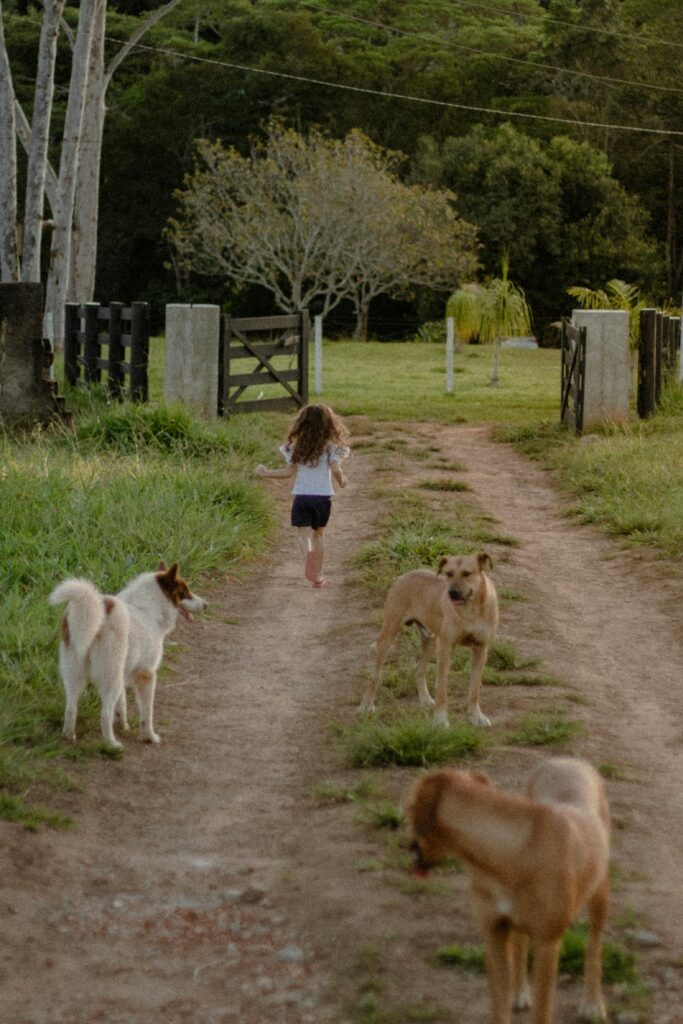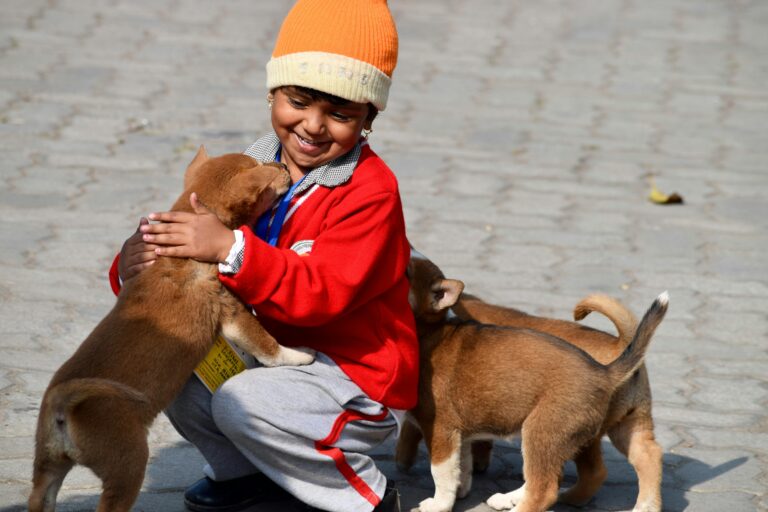Bringing a dog into a home with children can be one of the most rewarding experiences for both kids and parents. But without clear structure, that excitement can quickly turn into chaos. As a professional dog trainer in Springfield, I’ve seen how effective it is when families train together. The results speak for themselves: calmer dogs, more confident kids, and a home that runs a lot smoother.
Whether you’re raising a puppy alongside a toddler or teaching an older rescue to adjust to your growing household, these tips will help your whole family succeed.

Why Training as a Family Matters
Dogs thrive on structure and consistency. When everyone in the house, kids included, is on the same page with commands and expectations, your dog learns faster and stays calmer.
Training as a family also:
- Builds a stronger bond between your dog and child
- Reduces miscommunication and risky behavior
- Helps prevent bites or fear-based reactions
- Instills responsibility and confidence in kids
The most well-mannered dogs come from homes where everyone participates, not just the adults.
1. Assign Age-Appropriate Roles
Not all kids can lead full training sessions, but they can still play a meaningful part. Tailor their involvement by age:
Toddlers (1–4 years)
- Always supervise interactions
- Teach soft petting and calm approach
- Use baby gates or pens to manage space
Young Children (5–8 years)
- Give basic commands like “sit” or “come” with help
- Practice feeding routines with supervision
- Encourage hand-feeding for trust-building
Preteens and Teens (9–16 years)
- Run short practice sessions with oversight
- Teach structured tricks or basic leash walking
- Use clear cues and reward calm behavior
When kids participate at their level, training becomes part of daily life rather than a separate chore.
2. Create Household Rules for Dogs and Kids
Setting rules reduces confusion for everyone. A few smart boundaries can prevent accidents before they happen:
- No disturbing the dog while eating or sleeping
- No roughhousing, teasing, or sitting on the dog
- Dog must sit calmly before being pet
- Children should ask permission before giving treats or going on walks
Consistency is key. When everyone enforces the same rules, your dog learns faster and with less stress.
3. Make Training Fun With Games
Kids and dogs both respond well to play-based learning. Incorporate obedience into fun, active challenges like:
- “Red light, green light” using “sit” and “stay”
- Hide-and-seek to reinforce recall
- Fetch with impulse control using “drop it”
- A family “trick tournament” with simple commands
For more ideas, our blog on serious games for dogs offers engaging exercises that accelerate skill development while keeping kids involved.
4. Build Touch Tolerance and Respect
Young children can unintentionally stress a dog by moving quickly or hugging too tightly. That’s why desensitizing your dog to touch, and teaching your child how to interact appropriately, is essential.
Teach your child to:
- Approach calmly from the side
- Allow the dog to sniff before petting
- Pet in smooth strokes from shoulders to tail
- Stop if the dog moves away or looks uncomfortable
Respectful handling from kids builds trust and prevents fear-based reactions over time.
5. Use Clear Commands for Redirection
Shouting or grabbing should never be the go-to method for stopping unwanted behavior. Teach your child simple, effective cues to calmly manage your dog:
- “Leave it” for off-limits items
- “Off” to prevent jumping or climbing
- “Place” to send the dog to a designated spot
These commands are foundational in our Basic Obedience Program, which equips families with practical tools they can use every day to reduce chaos and build confidence.
6. Supervise at All Times
Even well-trained dogs need supervision around young kids. Accidents happen quickly, especially during playtime or meal prep. Keeping an adult present reduces the chance of miscommunication and ensures both dog and child feel safe.
If you’re looking for additional educational tools, the SAFE Dog Bite Prevention Program offers interactive resources designed specifically for teaching children how to engage safely with dogs. Their materials include videos, games, and printables that can reinforce what your kids are learning at home.
Final Thoughts: Everyone Benefits From Training Together
When dogs and kids grow together with clear expectations and mutual respect, the bond becomes truly special. Families who train together don’t just raise well-behaved dogs, they raise children who are calm, responsible, and empathetic.
If your home could use support building those habits, we’re here to help. At Off Leash K9 Training Springfield, we offer guidance tailored to families and real-life situations.
Ready to get started? Contact us today to begin your family’s training journey.

